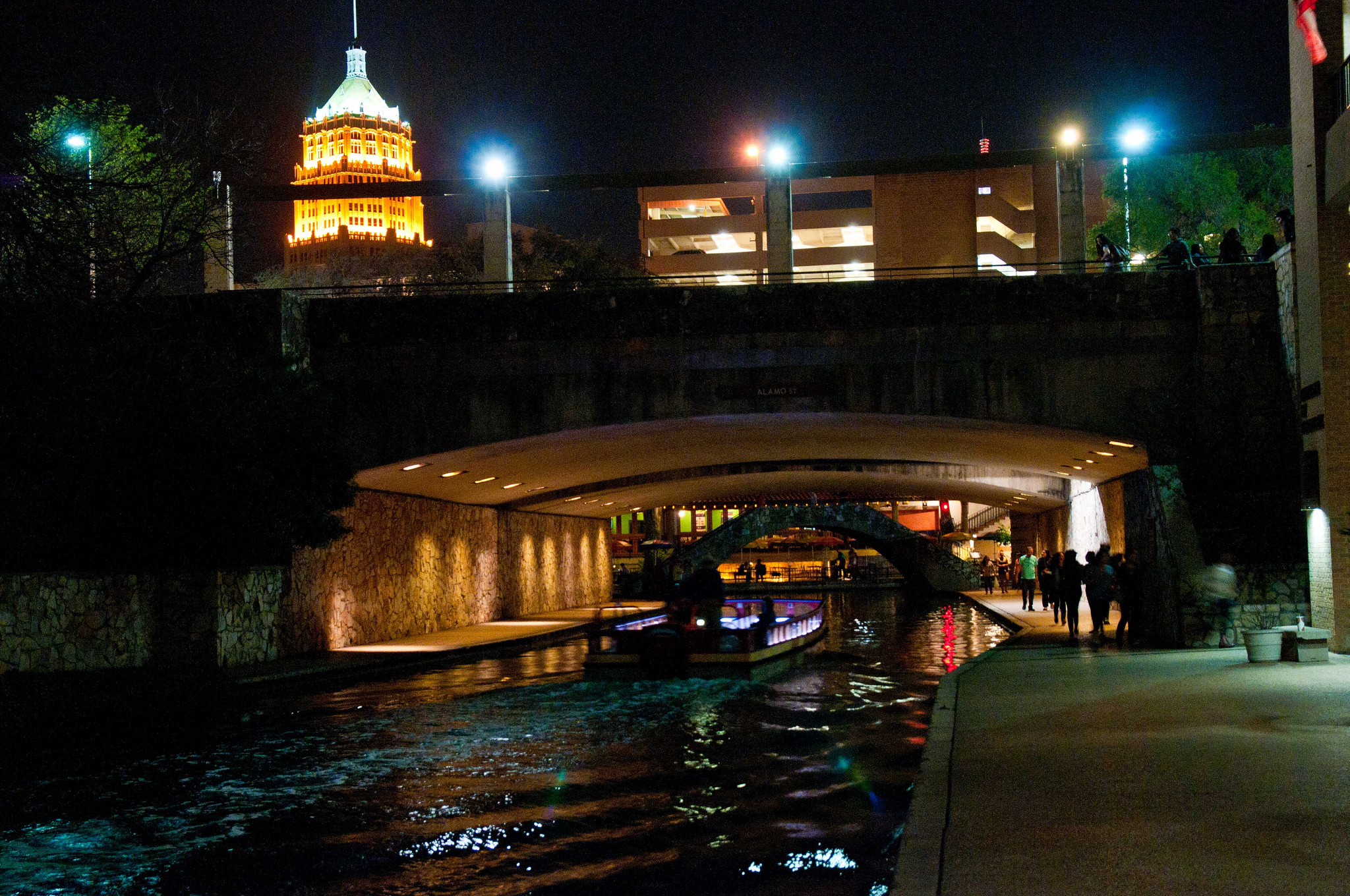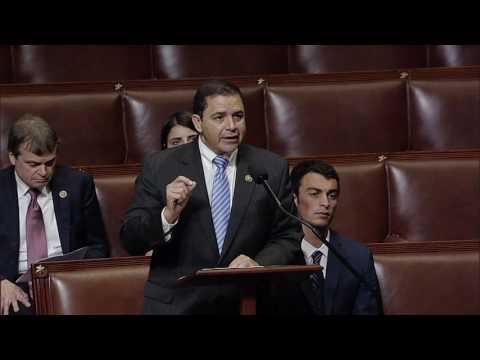From Texas Public Radio:
Human traffickers need a constant supply of new victims to offer up for sexual exploitation, and while many prowl the internet and social media hunting for vulnerable young people, others look to the streets of downtown San Antonio. But some of them may be thwarted by nonprofits working to reach those kids first.
Near San Antonio’s Hays Street Bridge one evening, the air has dipped below 40 degrees – cold enough to make sleeping outside a challenge. But one group of homeless youths have literally come together to battle the chill. Four of them are squeezed into one sleeping bag on top of the bridge when the Roy Maas Youth Alternatives’ outreach team finds them there.
Outreach specialist Chuck Paul announces that he’s “not 5-0,” in other words, he’s not a police officer. “I don’t care; I’m just out here checking on people,” he says.
Paul tells the kids that if they need help, it’s available at Centro Seguro, Roy Maas’ shelter.
“A safe place to get a shower, to get a meal and do some laundry, and hook you up with some help if you need it – if you are interested,” Paul says.
Then Paul offers them emergency backpacks.
“Here’s one girl’s bag,” he says. “Another girl’s bag, two guy’s bags.”
The group is bundled up so it’s hard to discern how old they are, but there are telltale signs that they’re kids: one of the girls wanted the backpack decorated with characters from the movie “Frozen.”
Inside the backpacks are little things that can make a big difference in these kids’ lives.
“You got a blanket, they got a toy – a stuffed animal. They got soap, underwear, T-shirt – all of it brand new,” Paul says. We have here a meal card from Whataburger, [and] information on how to get a hold of us.”
And there’s one more item in the bag that could be most important of all.
“There’s also a love note in there, written by a volunteer, that basically says you’re, you know, you’re precious,” Paul tells them.
Since the 1970s, Roy Maas Youth Alternatives has been providing services to kids who’ve run away from home, and to other young people in need. But in the last year, it’s been doing special outreach activities to help kids who could be victims of sex trafficking.
Bill Wilkinson is CEO, and says, “When kids are runaway[s], when they’re on the street, when they’re most susceptible to being kind of sucked into the life of a trafficker … we’re there to help them exit that life.”
In a little more than a year, Wilkinson says his organization has helped almost 300 kids, and that the majority of them are most likely survivors of sex trafficking.
The average age of a young person in sex trafficking is between 12 and 14 years. Wilkinson says he is seeing the number of victimized children climb.
“Since this October 1st of 2018, we’ve already talked with 88 kids who’ve come into the center in basically two months time … and so the fact is that the numbers are starting to ramp up,” Wilkinson says.
Julie Strentzch is the coordinator at Maas’ Centro Seguro shelter, and says, “More often than not, they don’t think they’re trafficked. They think they’re surviving.”
Strentzch is also there when Paul is doing outreach that cold evening, and as they walk into a downtown McDonalds, she spots a boy who seems out of place.
“He didn’t want to notice us. He didn’t want us to notice him,” Strentzch says. “I could tell that he was young enough. He was kind of in that sweet spot of being somewhere between 15 and 18. So, I walked right up to him and said … ‘Do you have a safe place to stay tonight?’ and he said, ‘No,’ which allowed me to sit down and kind of begin a conversation.”
The boy is well-dressed, has clean clothes and is well-groomed, but his knuckles look bloodied and he looks upset. As Christmas music plays in the background, Strentzch talks to him and learns his story.
That night he got into a fight with his family, and he ran away from home. He’s a high school student and takes opioids; he takes OxyContin everyday and he’s selling it at his school to pay for his habit. His brother found out and that started the fight.
“He thought that his family didn’t want him anymore,” Strentzch says. “And we were really fortunate with that young man because it was really like, that was the first 24 hours,” which she says is the time girls and boys are most at risk for trafficking.
Strentzch says the boy didn’t have a plan.
“He would have probably been sleeping on a bench at one of the parks or the bus station, which are, are all places where traffickers are hanging out,” Strentzch says. “What they’re going to do is kind of identify that person and say, ‘Hey, I can help you,’ So then they would have said, ‘Hey, do you want to do this? Yeah, we can do that.’ And then next thing you know, they’re sucked into a life that they can’t get out of.”
Strentzch coaxes the teen to come back to the Cento Seguro for the night. She contacts his mother and helps them patch things up while also giving them counseling.
For that night, and because of Strentzch’s help, there’s now one less potentially trafficked youth on the streets of San Antonio.
















